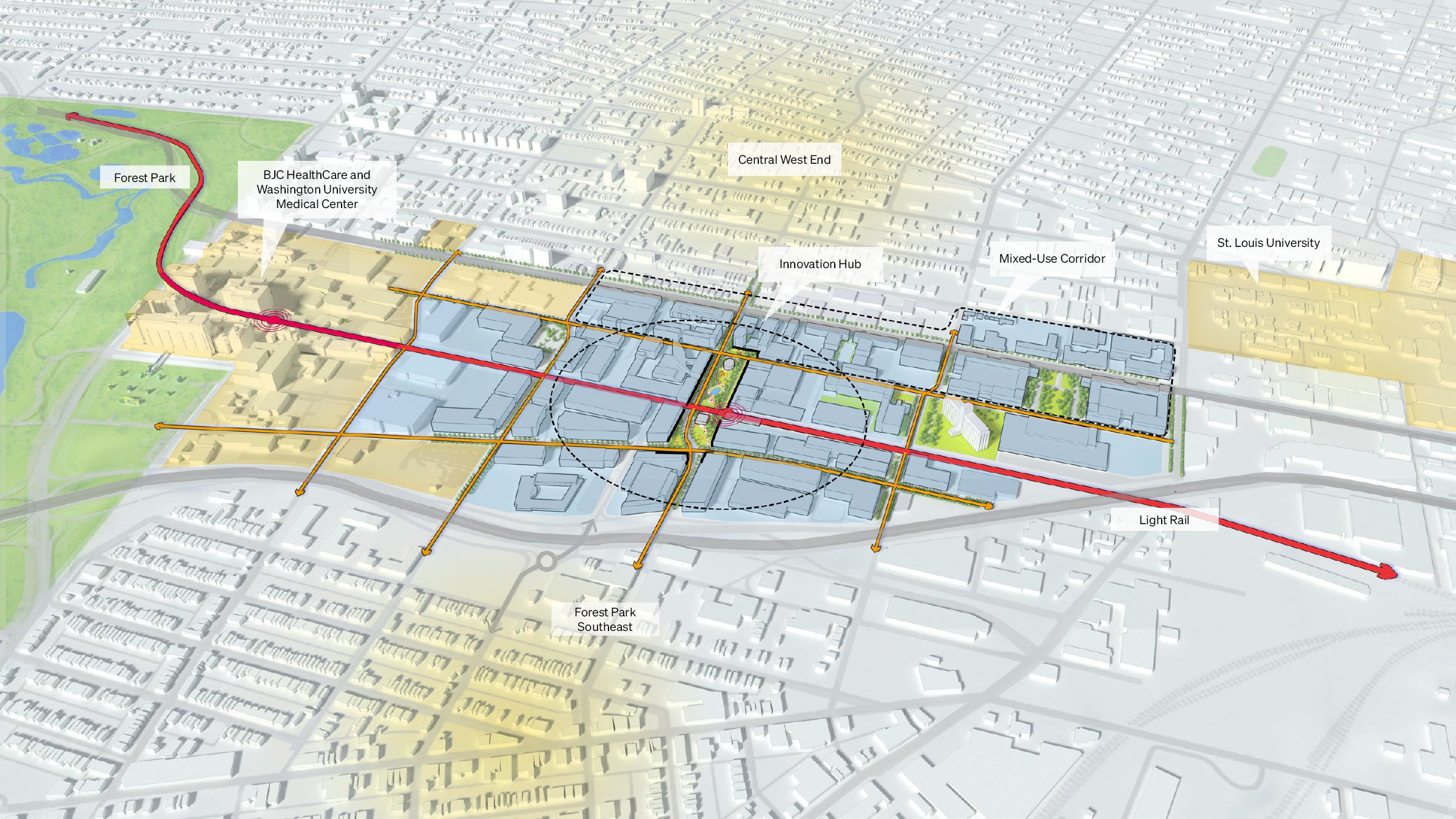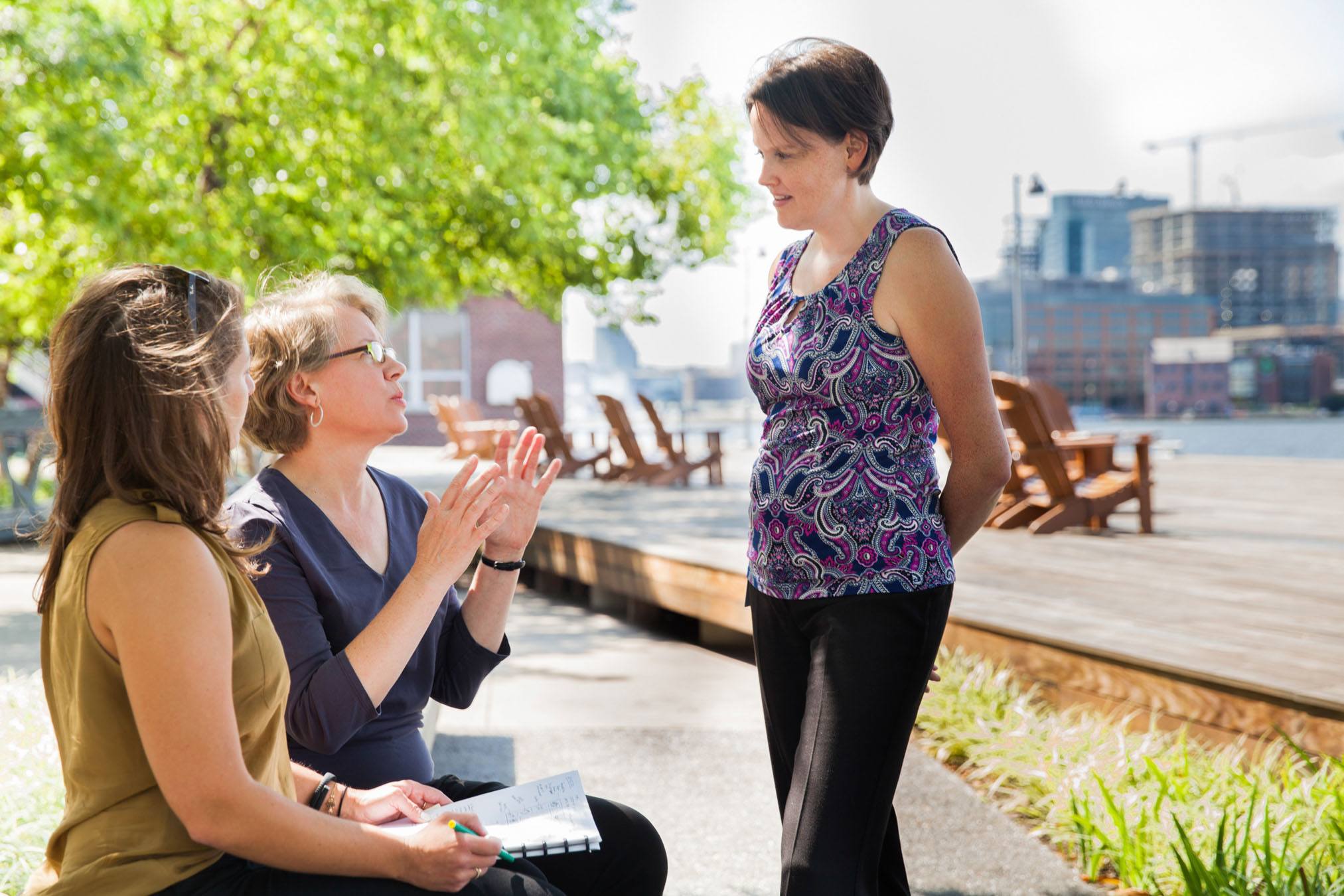As the premiere source for higher education journalism, The Chronicle of Higher Education serves their readers with current news, insightful opinions, helpful advice, and a robust career portal. The Chronicle also periodically takes deep dives into critical issues facing the college and university realm and publishes detailed reports. The special publication “The Campus as City,” features interviews with a diverse group of leaders across higher education. Included is Ayers Saint Gross President Luanne Greene, FAIA addressing the principles that bring cities and colleges together.
Colleges and universities are more invested in their relationships to their surrounding communities than ever before. This report investigates how colleges and universities perform many of the functions of a local municipality, but with constrained resources and heightened expectations. This fascinating and important report explores questions such as: how do you run a modern campus and keep functions like planning, transportation, and public safety at the forefront? What is the role of an anchor institution, and how does the surrounding community influence decisions that you make? How do you pursue responsible expansion and development?








